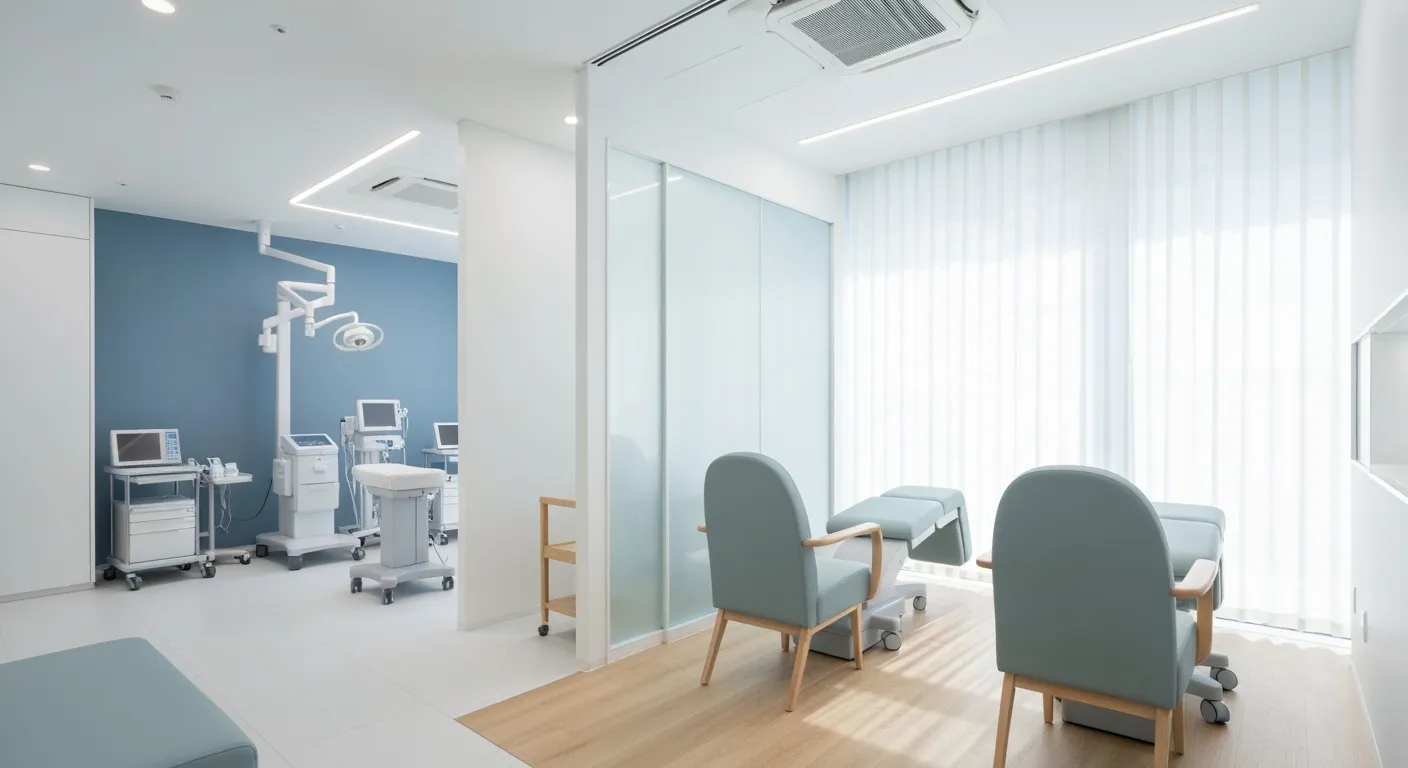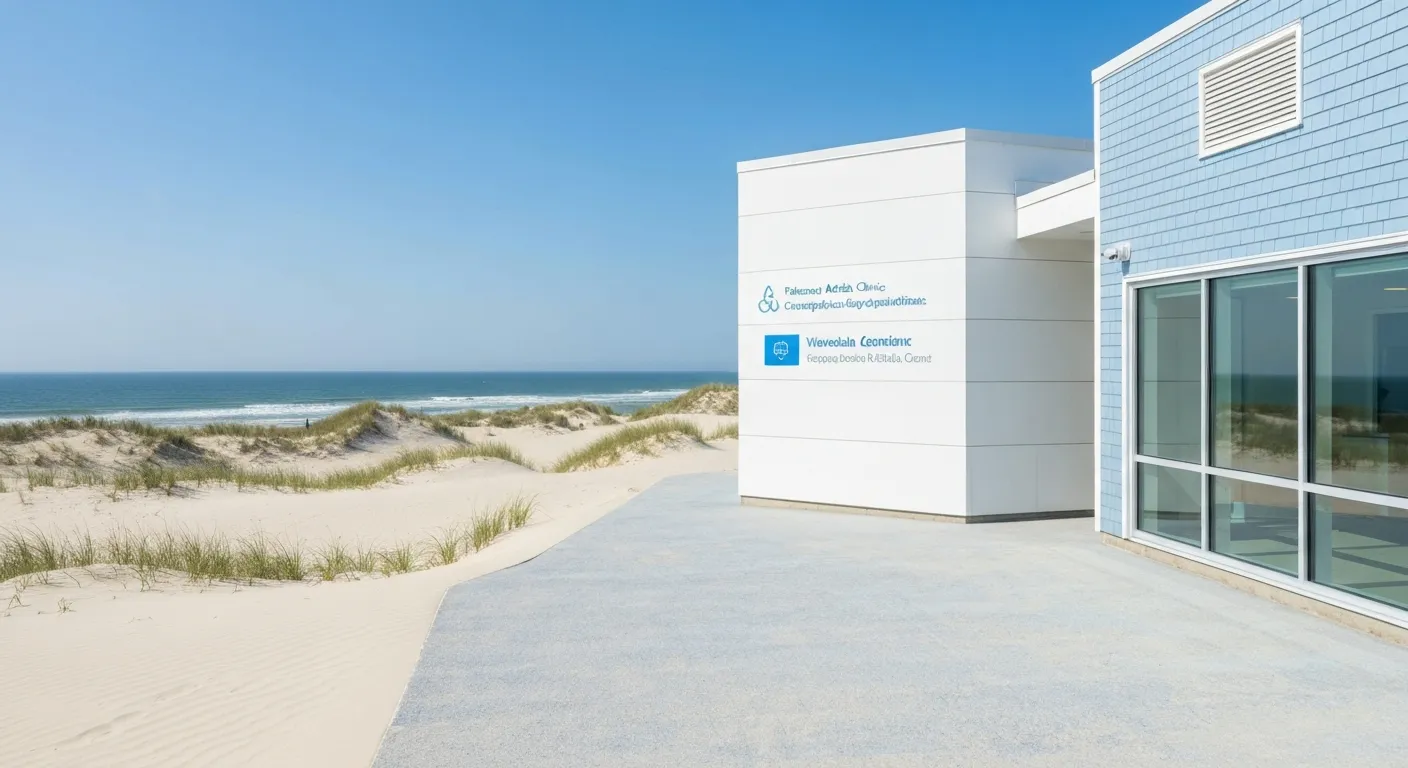
December 16, 2025
Explore coolsculpting chin fat: A guide to sharper definition
Want to tackle coolsculpting chin fat? This guide explains the procedure, pricing, downtime, and expected results to help you decide on a sharper jawline.
Oct 21, 2025

Breast surgery represents a spectrum of procedures performed for cancer treatment, prevention, and cosmetic purposes. Whether addressing breast cancer through lumpectomy or mastectomy, opting for reconstructive techniques, or considering cosmetic enhancements like augmentation or reduction, patients face a variety of choices and outcomes. Understanding the types of surgeries, preparation, recovery process, potential complications, and support systems can empower patients to make informed decisions and prepare for the journey ahead. This article explores these vital aspects to shed light on what to expect from breast surgery in a clear, evidence-based manner.

Breast cancer surgical treatments primarily include lumpectomy, mastectomy, and lymph node removal. Lumpectomy, also known as breast-conserving surgery, involves removing the tumor and some surrounding healthy tissue, often followed by radiation therapy. It is typically used for early-stage cancers and offers survival rates comparable to mastectomy when combined with radiation. Mastectomy entails the removal of the entire breast and has several forms such as simple (total), skin-sparing, and nipple-sparing mastectomies. Lymph node removal procedures, including sentinel lymph node biopsy and axillary lymph node dissection, help determine if cancer has spread and guide further treatment.
Many patients opt for breast reconstruction after mastectomy or lumpectomy. Reconstruction can be performed immediately during the cancer surgery or delayed to a later date based on personal health and preferences. Techniques include implant-based reconstruction using saline or silicone implants, and autologous tissue reconstruction using the patient’s own skin, fat, and sometimes muscle from areas like the abdomen or back. The choice depends on patient preference, cancer treatment plans, and overall health.
Cosmetic procedures enhance breast appearance and include breast augmentation to increase size using implants or fat transfer, breast lifts to reshape and firm sagging breasts, and breast reduction to alleviate discomfort from overly large breasts or reshape breast size. Men may undergo gynecomastia surgery to remove excess breast tissue and achieve a masculine chest contour. These surgeries usually focus on improving self-image and comfort.
For individuals at very high risk of breast cancer, such as those with BRCA gene mutations or strong family histories, preventive surgeries like prophylactic mastectomy can significantly reduce the chances of developing breast cancer. These procedures involve removing healthy breast tissue before cancer develops and may be combined with preventive removal of the ovaries. Counseling and genetic testing support decision-making around these options.
This spectrum of surgical options allows personalized treatment plans addressing cancer management, aesthetic goals, or risk reduction for breast cancer.

Preparing for breast surgery begins with thorough preoperative assessments to ensure patient safety and optimize outcomes. These include blood tests to check general health and clotting status, imaging studies such as mammography, ultrasound, or MRI to pinpoint tumor location, an electrocardiogram (ECG) to assess heart function, and a physical examination. Additional tests like chest X-ray or lung function tests may be recommended depending on patient age and comorbidities.
Patients are advised to stop certain medications before surgery. Blood thinners like warfarin and aspirin should be ceased about 10 days prior, under medical advice, to reduce bleeding risk. Supplements such as vitamin E, fish oil, turmeric, garlic, and herbal products like Ginkgo biloba may also be discontinued two weeks before surgery. Tylenol® is generally allowed, but NSAIDs and certain anti-inflammatory drugs should be avoided to minimize bleeding complications.
Quitting smoking at least four weeks before surgery is strongly recommended to decrease respiratory complications and promote wound healing. Maintaining good nutrition with adequate hydration, fruit and vegetable intake, and sufficient protein supports recovery. Patients are encouraged to stay physically active but avoid strenuous exercise immediately before surgery.
A preoperative appointment is essential to meet the surgical team, including surgeons, anesthetists, nurses, and physiotherapists, who provide detailed information about the procedure, risks, and expected recovery. Patients should bring a comprehensive list of current medications and wear comfortable, loose-fitting clothes, preferably front-opening shirts. On the surgery day, patients should arrive early, avoid eating or drinking after midnight, and prepare for post-surgery transportation and home care arrangements to ensure a smooth recovery.
Breast surgeries are typically performed under either general anesthesia, which makes the patient fully unconscious, or local anesthesia combined with sedation, depending on the procedure's extent and patient health.
Lumpectomy, also known as breast-conserving surgery, involves removing the tumor along with some surrounding healthy tissue to preserve the majority of the breast. Mastectomy entails removing the entire breast and can vary in technique, including simple, skin-sparing, or nipple-sparing methods depending on cancer stage and surgical goals.
Lymph node biopsies, including sentinel lymph node biopsy and axillary lymph node dissection, assess if cancer has spread to nearby lymph nodes. Sentinel biopsies remove only the first few nodes receiving drainage from the tumor, reducing complications like lymphedema.
Reconstruction can be done immediately or delayed and uses either implants, usually silicone or saline, or autologous tissue flaps that transplant skin, fat, and sometimes muscle from other body areas like the abdomen or back. Tissue expansion is a common preparatory step for implants to stretch skin gradually.
For tumors that are difficult to feel or locate during surgery, imaging-guided localization devices such as wire localization or magnetic markers (e.g., Magseed) are used to precisely guide the surgeon, ensuring accurate tumor removal while sparing healthy tissue.

Most patients undergoing breast surgery, such as lumpectomy or simple mastectomy, will often go home the same day or the next day after surgery. However, if breast reconstruction is performed simultaneously, hospital stays typically extend to between 2 and 7 days, depending on the complexity of the reconstruction procedure.
After surgery, patients are taken to a recovery room where they are closely monitored as they wake from anesthesia. This monitoring includes checks of oxygen levels, blood pressure, and heart rate using devices like pulse oximeters and blood pressure cuffs. Pain management is prioritized; patients may receive analgesics, with some utilizing patient-controlled analgesia or local anesthetic injections during surgery. Pain usually lasts about a week, and efforts focus on ensuring patient comfort.
Surgical drains are commonly placed after mastectomy and reconstruction to prevent fluid accumulation. These drains usually remain in place for 2 to 5 weeks and require regular emptying and measurement of drainage. Many patients are discharged with drains still in place and are instructed on how to care for them at home, often with the assistance of visiting nurses. Proper drain management is crucial to facilitate healing and prevent complications.
Hospital wound care protocols may involve waterproof dressings, dissolvable stitches, or wound adhesives. Patients are generally allowed to shower 48 hours after surgery with waterproof dressings but should avoid baths until wounds have fully healed. Early mobilization is encouraged to reduce risks of infections and blood clots, with patients being assisted to walk shortly after surgery. Arm and shoulder exercises are recommended under nurse or physiotherapist guidance to prevent stiffness and promote recovery.
This comprehensive approach in the inpatient setting aims to optimize healing and prepare patients for a safe transition to home recovery.
Pain commonly lasts about a week after breast surgery, including procedures like lumpectomy for early-stage breast cancer and mastectomy procedures. Patients receive pain relief through various approaches such as over-the-counter painkillers (e.g., Tylenol, ibuprofen), prescribed medications, and sometimes patient-controlled analgesia (PCA). Local anesthetics may also be administered during surgery to reduce early pain. Postoperative nerve pain can cause sensations of numbness, tingling, or burning, which might persist for months or longer but is generally manageable with medication and rest.
Wounds usually heal in about 2 to 3 weeks with proper postoperative wound care. Scars start raised and firm, gradually fading and flattening over several months to a year. Patients are advised to keep incisions clean and dry, use surgeon-recommended dressings or waterproof coverings, and avoid bathing or swimming until fully healed. Gentle massage and sun protection can help improve scar appearance over time.
Physical therapy focuses on early mobilization and exercises to prevent shoulder stiffness and improve range of motion. Patients often begin gentle arm and shoulder movements within days after surgery, guided by healthcare professionals. Exercises continue at home and help reduce complications such as cording and lymphedema. Post-lymph node removal, patients are monitored to detect and manage lymphoedema, with precautions to avoid infection and excessive pressure, following lymphedema treatment and prevention guidelines.
Patients are generally advised to avoid heavy lifting (often over 5 to 10 pounds), strenuous arm movements, swimming, and driving until wounds and drains have healed or been removed, usually between 2 to 6 weeks depending on surgery type. Early walking and light activities are encouraged to reduce blood clots and improve recovery. Gradual resumption of normal activities occurs with medical approval, ensuring wounds are fully healed and patients are pain-free. These recommendations are consistent with post-mastectomy recovery guidelines and post-operative breast surgery care.
These recovery guidelines support healing, minimize complications, and help patients return efficiently to daily life after breast surgery.

Surgical risks include hematomas (collections of blood causing swelling and pain), infections at the incision site, seromas (fluid buildup), and bleeding. Hematomas may require urgent attention to prevent complications. Infection signs include redness, warmth, swelling, discharge, fever, or feeling unwell and should prompt immediate medical consultation. Seromas typically resolve on their own but may need drainage when persistent or uncomfortable.
Implant-related complications include rupture, which may be silent (especially silicone ruptures detected by MRI) or obvious (saline implant deflation). Capsular contracture, a tightening of scar tissue around the implant, can cause firmness, pain, and shape changes. Rarely, breast implant-associated anaplastic large cell lymphoma (BIA-ALCL), a type of immune system cancer, may develop, primarily linked to textured implants. Other issues include implant displacement, rupture, infection, and systemic symptoms sometimes called breast implant illness, though causality is not confirmed.
Lymphedema is swelling caused by lymph fluid buildup after lymph node removal during breast cancer surgery. It commonly affects the arm or chest area, presenting as swelling, heaviness, or discomfort. Management includes physiotherapy, compression garments, and avoiding injuries or infections to the affected limb to reduce risk and severity.
Signs include tenderness, swelling, warmth, redness, purulent discharge, fever, chills, or systemic symptoms like feeling unwell. Infection can occur anytime during wound healing and requires prompt evaluation and treatment, often with antibiotics or further surgical management. Immediate medical attention is critical if these symptoms appear to prevent complications.

Breast surgery, particularly mastectomy, can deeply impact a person's body image and psychological well-being. Many patients experience feelings of loss, grief, or altered self-identity due to changes in breast appearance and sensation. Scarring and changes in breast shape may affect confidence, and adjusting to this new body reality can take time. For more on breast appearance after surgery, see resources on scar healing and emotional support for breast surgery patients.
Specialist breast care nurses play a vital role in continuous support throughout treatment and recovery, helping address emotional and practical concerns. Patient support groups, like those organized by Cancer Councils or organizations such as American Cancer Society and Flat Friends UK, provide community, shared experiences, and counseling options.
Sensory changes, such as numbness, tingling, or burning in the chest area, may persist for months or longer after surgery. Patients may also need time to adapt to wearing prostheses after mastectomy or getting used to reconstructed breasts. Ongoing adjustment includes managing any discomfort and accepting new physical sensations. For detailed information on after breast cancer surgery recovery, visit specialized care guides.
Nipple and areola reconstruction is usually an outpatient procedure performed after initial healing from mastectomy or reconstruction. Techniques involve using skin from the breast or other body parts, often combined with tattooing to replicate natural color. Sensation tends to be reduced compared to the natural nipple.
Some patients opt not to undergo reconstruction and choose to "go flat," embracing a flat chest appearance post-mastectomy. This decision is personal and can be influenced by health, lifestyle preferences, or emotional considerations. Support groups like Flat Friends UK offer guidance and community for those making this choice.
Understanding the multifaceted aspects of breast surgery—from the variety of surgical options to the preparation, recovery, and potential complications—helps patients approach the process with confidence and realistic expectations. A collaborative relationship with a skilled surgical team and access to support networks play vital roles in both physical healing and emotional well-being. Advances in surgical techniques and reconstruction offer promising options tailored to individual needs and goals. Ultimately, informed decision-making and comprehensive care contribute substantially to improved outcomes and quality of life for individuals undergoing breast surgery.

December 16, 2025
Want to tackle coolsculpting chin fat? This guide explains the procedure, pricing, downtime, and expected results to help you decide on a sharper jawline.

December 16, 2025
Ensuring Patient Safety Through Rigorous Accreditation on Cape Cod

December 15, 2025
Considering a subtle enhancement? Learn what is lip flip botox, how it differs from fillers, the costs involved, and what the procedure is really like.